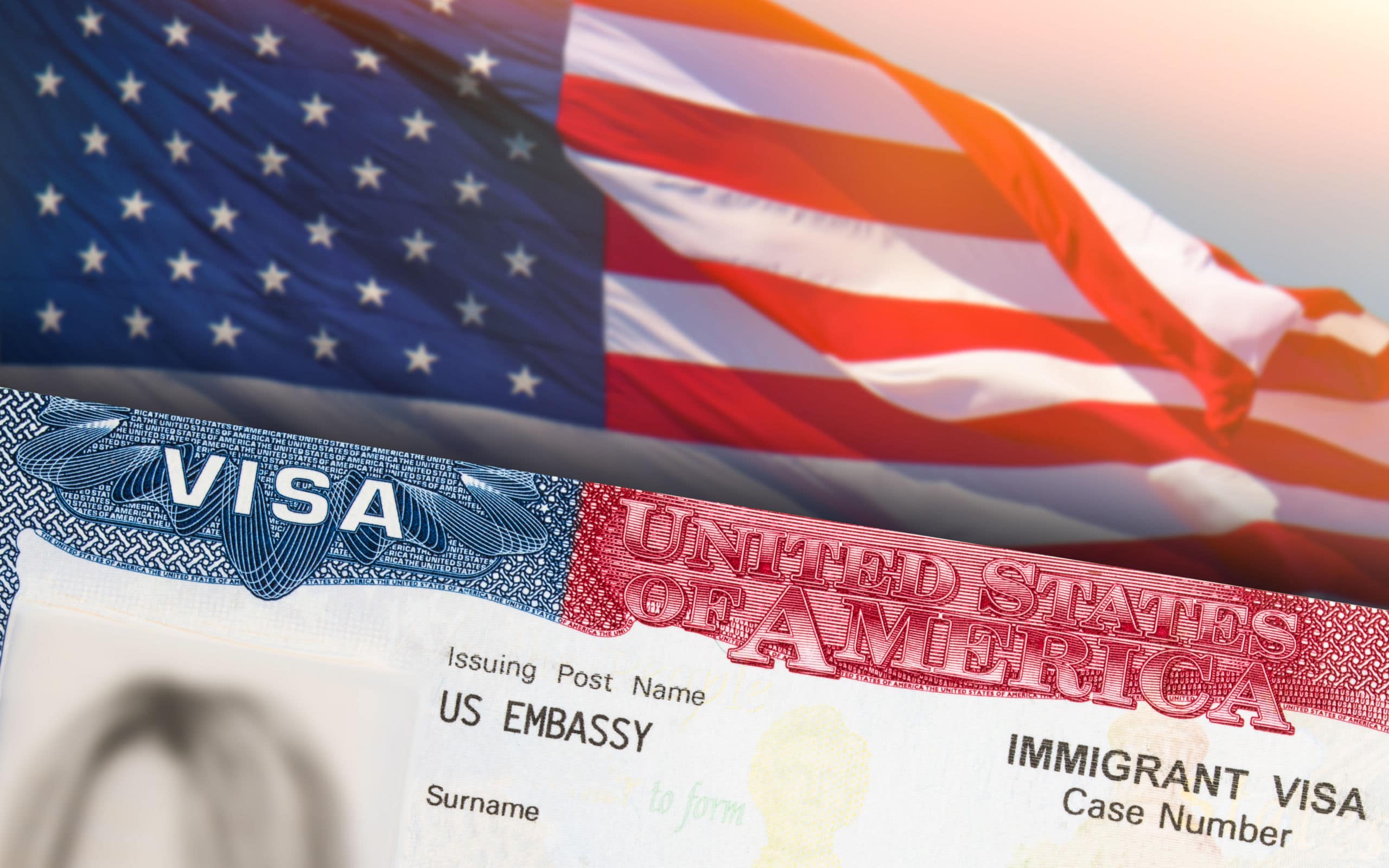By: Richard Hanus, Esq.
Published July 18, 2022
U.S. citizens live and work all over the world and many of them will face substantial bureaucratic hurdles when it comes to relocating back to the U.S. One of the most common hurdles involves navigating the U.S. immigration process for their foreign national spouse, child and/or stepchild and trying to minimize any period of separation. How do I bring my family back to the U.S. with me to live and as soon as possible? Questions related to this relocation scenario are among the most urgent concerns returning expats present.
First, the basics. Facilitating lawful permanent resident status, or “green card” status, for a U.S. citizen’s family generally starts with the filing of an I-130 visa petition on behalf of that family member with the U.S. Department of Homeland Security/Citizenship and Immigration Services (DHS/CIS). The next step to consider has to do with when and where this petition gets filed. Below is a discussion of common scenarios returning expats face, along with U.S. immigration options that might be available.
A U.S. citizen’s foreign national spouse or under 21 year child (and stepchild in some circumstances) has a visa to visit to the U.S., or can enter the U.S. as a visitor pursuant to the Electronic System for Travel Authorization (ESTA). A foreign national may enter the U.S. as a bona fide visitor, but only with nonimmigrant intent and a genuine plan to return to their home country upon entering the U.S. But under some circumstances, that foreign national visitor has the option of changing their mind and intent AFTER entry, and facilitating the entire immigration process in the U.S. by way of a “1 stop” I-485/I-130 adjustment of status filing. Of course, the process is not automatic and a variety of eligibility requirements must be satisfied for parties to avail of this route. Further applicants choosing this avenue will likely be required to remain in the U.S. for a period of 6-10 months, and without the ability work or travel internationally during that time. Notwithstanding the limitations, this option might be an attractive one to consider, as long as prospective applicants have a genuine nonimmigrant intent at entry, can accept the lifestyle limitations and otherwise meet all eligibility factors at play.
U.S. citizens who work and live abroad and receive short notice of a new job offer in the U.S., or transfer to the U.S. by their global employer, may have the option of having their family’s immigration paperwork processed by the U.S. Department of State at a U.S. consular post overseas. In such a case, I-130 visa petitions and immigrant visa paperwork on behalf of qualifying family members often can get processed in 60-90 days. Such a scenario is listed as one example of an “exceptional circumstance”, where a State Department official at a U.S. consular post abroad will have the discretion to accept and process all of the family’s immigration paperwork. If their case is accepted for processing, the parties avoid a timeline that could otherwise involve a 18-36 months wait and where the parties are limited to initiating the filing of the I-130 visa petition with a DHS/CIS office in the U.S.
Other examples of “exceptional circumstances” allowing for a U.S. consular post to exercise jurisdiction over a U.S. citizen’s visa petition for certain family members, include:
- Military emergencies involving a U.S. service member serving abroad.
- Medical emergencies – the U.S. citizen, or their petitioned family member faces an urgent medical emergency requiring immediate travel.
- Threats to personal safety – The U.S. citizen or their petitioned family member faces an imminent threat to their safety, due to violence, civil war or natural disaster in the country at issue.
- A child is close to turning 21 years of age and facing possible visa ineligibility.
- Adoption of a child abroad
When an “exceptional circumstance”, as noted above, is not at play, and a foreign spouse, child or step child does not have an avenue to enter the U.S. in a temporary visa status, a long and unpredictable U.S. immigration path will be the only option. This 18-36 month path starts with the filing of an I-130 visa petition for their foreign national family member with a DHS/CIS service center in the U.S. Following DHS/CIS petition approval, the case will makes its way to the U.S. Department of State’s National Visa Center for additional document collection and eventual interview scheduling at a U.S. consular post in the family member’s home country. Due to the pandemic and prior administration neglect of important immigration agency functions, that road has become long, winding and increasingly unpredictable. Sadly, this final option may be the only one available for most families looking to relocate to the U.S.
U.S. passports for some children born abroad. Lastly, U.S. citizens residing abroad are pleased to learn that in many instances their child born abroad may not need an immigrant visa/green card to travel and live in the U.S. Instead, that child might acquire U.S. citizenship at birth and be eligible to be processed for a U.S. passport at their nearest U.S. consular post, assuming various eligibility requirements are met.
PUBLISHED July 18, 2022– “IMMIGRATION LAW FORUM” Copyright © 2022, By Law Offices of Richard Hanus, Chicago, Illinois

